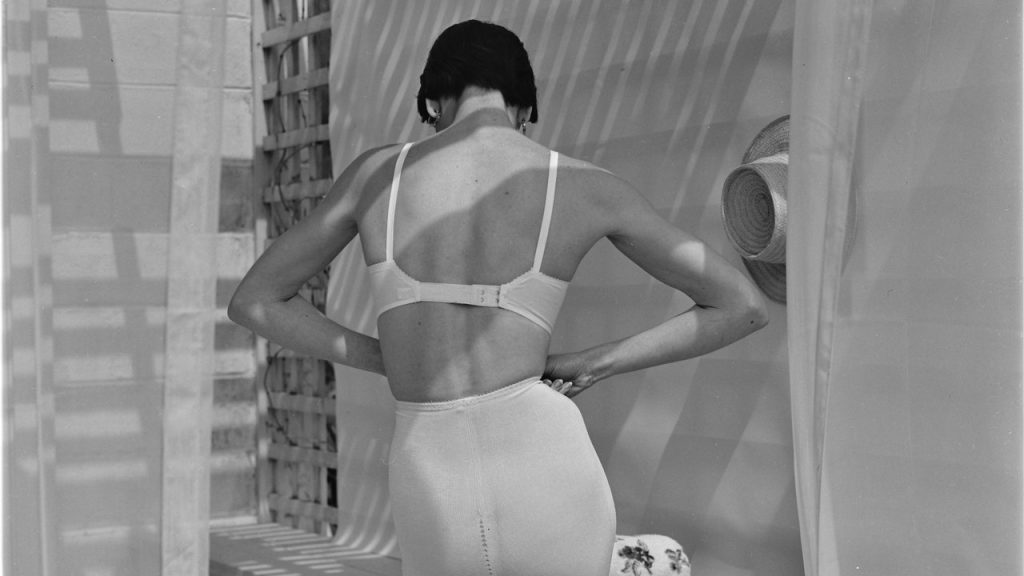In the 1970s, the bra underwent a significant transformation as women began to challenge traditional gender roles and expectations. This period saw the creation of the first sports bra, the “Jogbra,” which was invented by Lisa Lindahl, Hinda Miller, and Polly Smith by combining two jock straps. This innovation marked a shift towards more practical and functional undergarments for women who were increasingly participating in sports and physical activities. This period also saw the beginning of a reevaluation of women’s bodies and their place in society, setting the stage for further changes in the decades to come.
The 1980s and 1990s were marked by a diversification of bra sizes and styles, with brands like Wacoal offering cups up to size H or K. Celebrities such as Madonna and Grace Jones embraced bold and provocative bra-centric looks, pushing the boundaries of fashion and challenging traditional notions of modesty. The rise of lingerie retailer Victoria’s Secret in the 1990s further popularized sexier and more embellished bra styles, epitomized by the launch of the brand’s first jewel-encrusted “Fantasy Bra” in 1995. Concurrently, Calvin Klein introduced a minimalist aesthetic in its bra designs, reflecting a more understated approach to lingerie.
The 2000s saw the rise of the body positivity movement, leading to a shift towards more comfortable and inclusive bra styles. Brands began offering a wider range of sizes and styles, catering to a diverse array of body shapes and preferences. Bralettes and wire-free options gained popularity as women sought out more comfortable and easy-to-wear alternatives to traditional bras. Additionally, the athleisure trend of the 2010s further influenced bra design, with many women opting for sports bras or forgoing bras altogether in favor of comfort and practicality.
Today, there is a wide variety of bra options available to women, catering to different body types, preferences, and outfit choices. Brands like Nubian Skin, Savage x Fenty, ThirdLove, and Skims have expanded the definition of “nude” to include a range of skin tones in their lingerie offerings, promoting inclusivity and diversity in the industry. Specialized brands like Elomi, Freya, and Pepper cater to women with larger bust sizes, ensuring that all women have access to well-fitting and supportive bras. Virtual fittings have become increasingly popular, allowing consumers to find the perfect bra size without leaving their homes.
In response to growing environmental concerns, sustainability has become a key focus for many lingerie brands, with labels like Araks, Everlane, and Girlfriend Collective leading the way in offering eco-friendly and ethically made options. Consumers are increasingly seeking out sustainable fashion choices, prompting brands to prioritize transparency and eco-conscious practices in their production processes. The modern bra industry is characterized by a commitment to diversity, comfort, and sustainability, reflecting changing attitudes towards lingerie and women’s bodies in contemporary society.













